Public blockchain protocols face a serious governance crisis. Thus far, blockchain protocols have followed the path of early internet governance. If the architects of blockchain protocols are not careful, they may suffer a similar fate—increased governmental control, greater centralization, and decreased privacy. As blockchain architects begin to consider better governance structures, there is a legal movement underway to impose a fiduciary framework on open-source software developers. If the movement succeeds, the consequences for open-source software development could be dire. If arbitrarily imposed on blockchain communities without consideration of variances among communities or the reality of how such communities operate, the movement may quash the technology before it ever matures. Further, in its present iteration, the argument for imposing fiduciary duties is not limited to the blockchain context and could easily be extended to other open-source projects. Such open-source projects have not been subject to this fiduciary responsibility scheme and yet have been an important force in industry and society for decades. Instead, this Article argues that blockchain architects should consider adopting governance contracts that rely on corporate governance models for inspiration. Such a model would not obliterate the notion of fiduciary responsibilities in blockchain governance but rather would allocate such responsibility in light of the actual mechanics of the technology. The model also enables a scheme that heightens responsibility for more actors in the ecosystem under certain circumstances. Furthermore, contractually based governance systems offer blockchain protocols an opportunity to adopt governance rules that reflect the unique goals and culture of the protocols and their communities while appeasing the regulator’s need for a legally recognizable and responsible hierarchy. Although there will be cultural challenges to governing blockchain protocols under a corporate law model, this Article not only concludes that navigating such challenges is possible but also offers an opportunity to encourage new corporate governance structures in more traditional enterprises.

